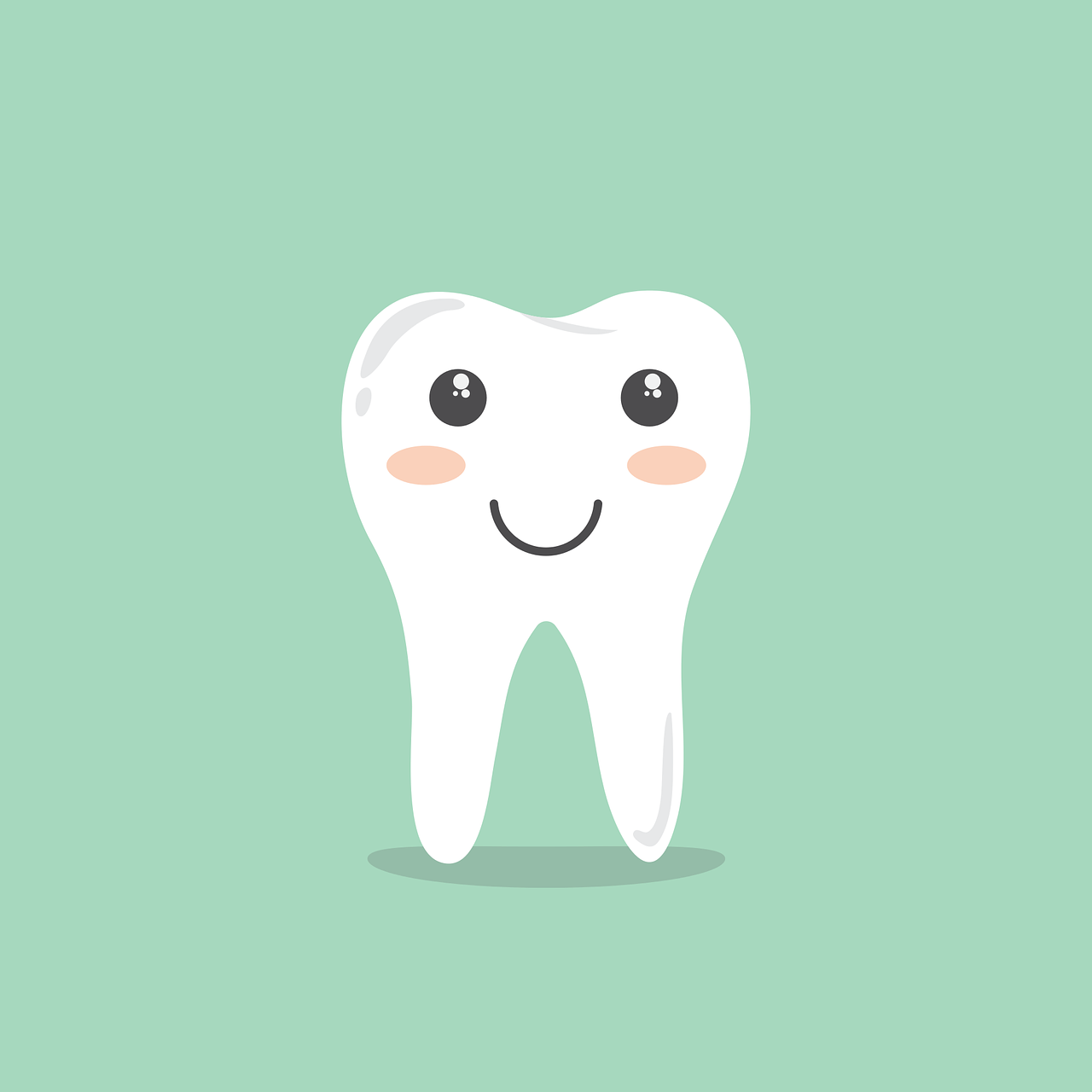Oil pulling is the oral health practice of holding and swishing plant-based oils in your mouth. Many oils have antioxidant and antibacterial properties that can help kill bacteria, prevent plaque and reduce the number of cavities. Sesame oil and olive oil both work, but the most popular is coconut oil as it also contains lauric acid and monolaurin which is a well-known antimicrobial and antimicrobial that can fight pathogens such as bacteria, yeasts, and viruses. People also prefer the taste of coconut oil over other oils. There are over 750 different types of bacteria that can exist in your mouth, and typically there are 300 different ones that do exist at any one time. These can cause cavities, plaque, and bad breath. Swishing with coconut oil for 15-20 minutes can help reduce the bacteria in your mouth. Make sure to not swallow any as it contains the bacteria from your teeth and mouth, so spit it out after you’re done and rinse your mouth. Some people can be allergic to coconut oil so be sure to first test some on your skin before putting it in your mouth. Another health consideration is that breathing in oil consistently can cause lipoid pneumonia, however, the risk with oil pulling is extremely low.
It was in Delphi Greece that I first heard about the benefits of oil pulling. Our tour guide professed that old Greek men would ward off heart disease and lung and throat cancer (cigars and cigarettes seemed to be a big thing) by swishing or gargling with olive oil each day. I didn’t try it then and though I have taken a spoonful of olive oil when I have had a sore throat, it wasn’t until recently that I began oil pulling. And the results have been fantastic.
I’ve been pulling with coconut oil as I find it to be the easiest to work with and convenient. Check out my recipe for Coconut Chews, they are simple to make and can be loaded with other beneficial essential oils and spices. A few years back I began making my toothpaste, which consisted of coconut oil, baking soda, sea salt, peppermint essential oil, tea tree oil, and MSM powder. My gums – to my recollection – had never been so healthy, no bleeding, no giant gaps between them and my teeth and no cavities. I watched it up with a clay toothpaste and after a while a natural fluoride-free paste. The effect was not the same and I can say that my teeth suffered, the stress and bouts of bad eating did not help.
If you have been plagued with cavities, have gums that bleed, bad breath or a pasty whitish looking tongue, oil pulling is definitely for you. If you have a mouth it’s for you – oil pulling is for everyone, as long as you remember to not swallow the oil.
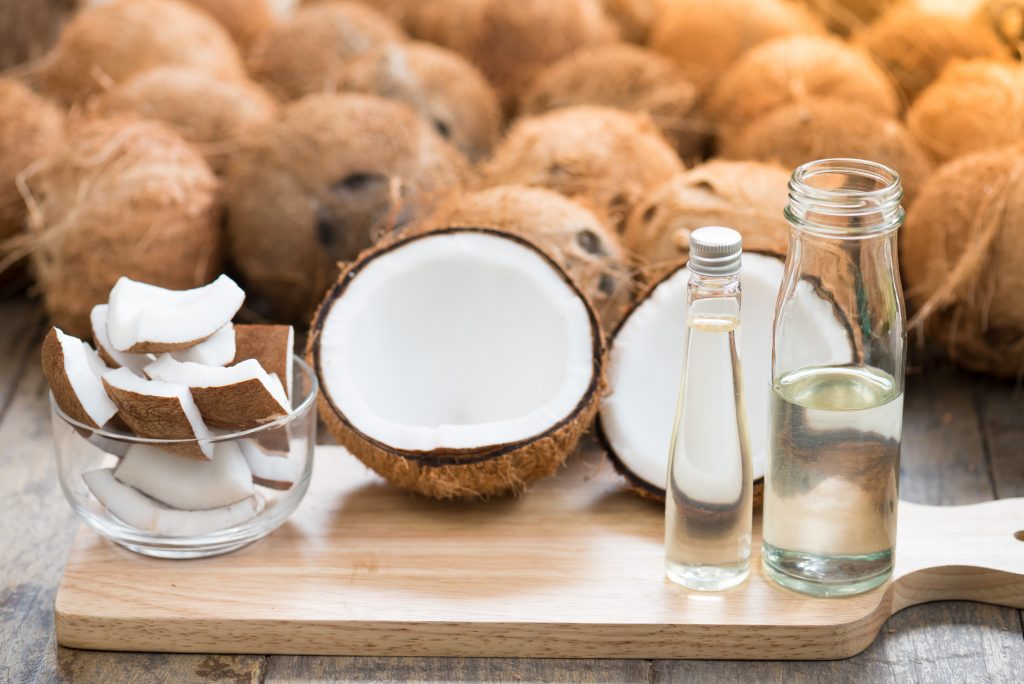
The History of Oil Pulling
Oil Pulling has been practiced within Ayurvedic medicine for over 2700 years as gentle detoxification and a way to promote oral health. First written about in the Chakra Samhita wherein was noted as Kavala Gandusha or Gandusha and responsible for the alleviation of 30 systemic diseases. It was traditionally used as a remedy for;
- tooth decay
- bad breath
- dry lips
- bleeding gums
- strengthening gums, teeth, and the jaw
- preventing the dryness of the throat (Hebbar, A., et al., 2010)
Popularized in the western world in the ’90s by Ukrainian physician Dr. Teodor Karach (Larsen, S.Y., 2017), who presented the healing power of oil pulling to a conference in Ukraine in 1992 (Coleman, M. 2015).
Today it is practiced in China, Russia, and Ukraine as well as throughout India and Africa.
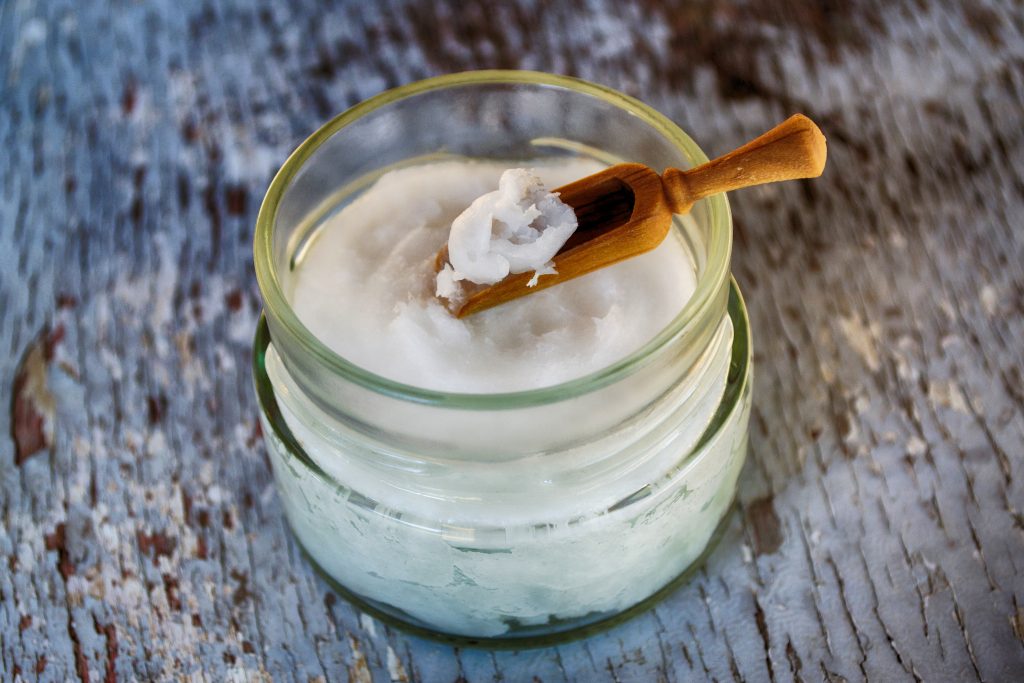
How to Oil Pull
Oil pulling should always be done on an empty stomach, therefore it is the best time to get your oil pulling in in the morning as soon as you wake up before you drink any water – so that none of the bacteria, parasites, and viruses in your mouth end up in your stomach (Usman, M & Davidson, J, 2014).
Step One
If you use a tongue scraper, scrape your tongue of any coating before you begin oil pulling to decrease the number of bacteria in your mouth allowing the oil to gather more of the bad guys from between teeth and gums.
Make sure that you have an empty stomach.
Take 1 tsp to 1 tbsp of your oil, you can also take a coconut oil chew and begin to chew.
Step Two
Swirl and swish the oil around your mouth. The back the front and pull it through your teeth.
Do some meditation, take a shower or go about your morning as you pull the oil throughout your mouth.
Beginning: 3-5 minutes
Aim for: 10-15 minutes
After the swirling spit out your oil in the trash, not down the sink. Granted olive oil is the greatest culprit of solidifying in pipes, but it is best to be safe than sorry.
Timing
It is recommended that between 10-15 minutes (in some journals 20) be taken to practice oil pulling in the morning. However, when you first begin to take your time. Start slow and work your way up – practice getting to five minutes and work from there. The important thing is consistency!
Step Three
Rinse your mouth with saltwater, at this point you can also gargle (gargling intensely also stimulates the hippocampus which is not oil beneficial for the brain but also the integrity and health of the digestive system).
Saltwater will not oil help in removing more bacteria and toxins from your mouth but it will aid in clearing out the oil. Brush your teeth and go on with your day.
How does oil pulling work?
The swishing and swirling of the oil in the mouth adheres to bacteria to it. Bacteria have fat within and around their membrane which draws them towards the particles of oil swirling in the mouth and out of cavities (Coleman, M., 2015).
The oil is emulsified within the mouth as it is swirling and comes into contact with saliva. This allows for a greater surface area of the oil, increasing its ability to get into small areas and pull out bacteria and toxins (Hebbar, A., et al., 2010).
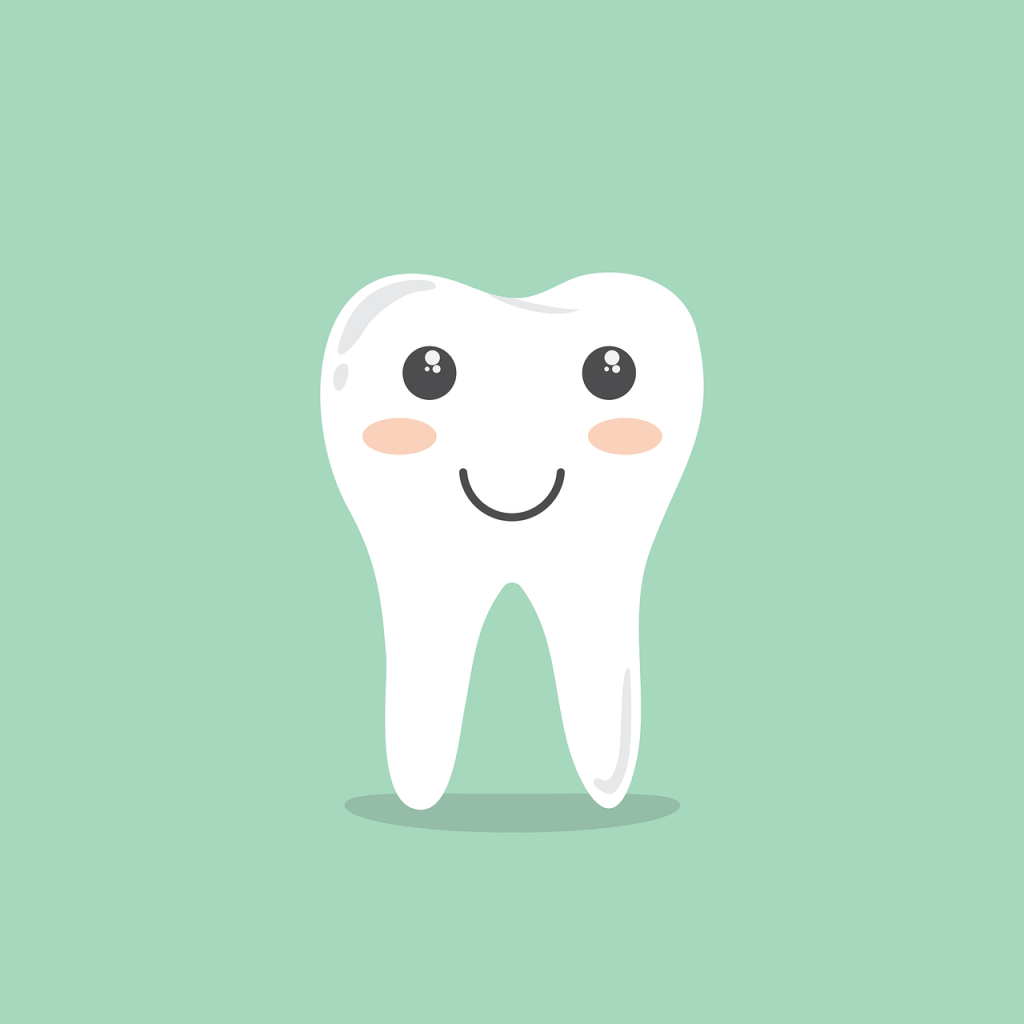
Healing Crisis
As a result of the detoxification – the pulling of toxin-producing bacteria, pathogens and viruses from the mouth a body one may experience some discomfort – which is a natural reaction to detoxification and far gentler on the body then if you performed a juice fast or water cleanse.
Some signs of a healing crisis include the following (they do not last long, discomfort should not be persistent);
- teeth may experience some hurt for a short burst of time – just as quickly as it came it should go away.
- you may experience a runny sinus (mine lasted for half a day – it was not bad)
- Expelling built-up mucus
- you might experience a slight headache, but only for a short time.
It is important to practice awareness when oil pulling. It is through awareness that you will be better aware of the changes that are happening to your body. You will be able to notice a small sensation, one of pain perhaps but then also ones of alleviation.
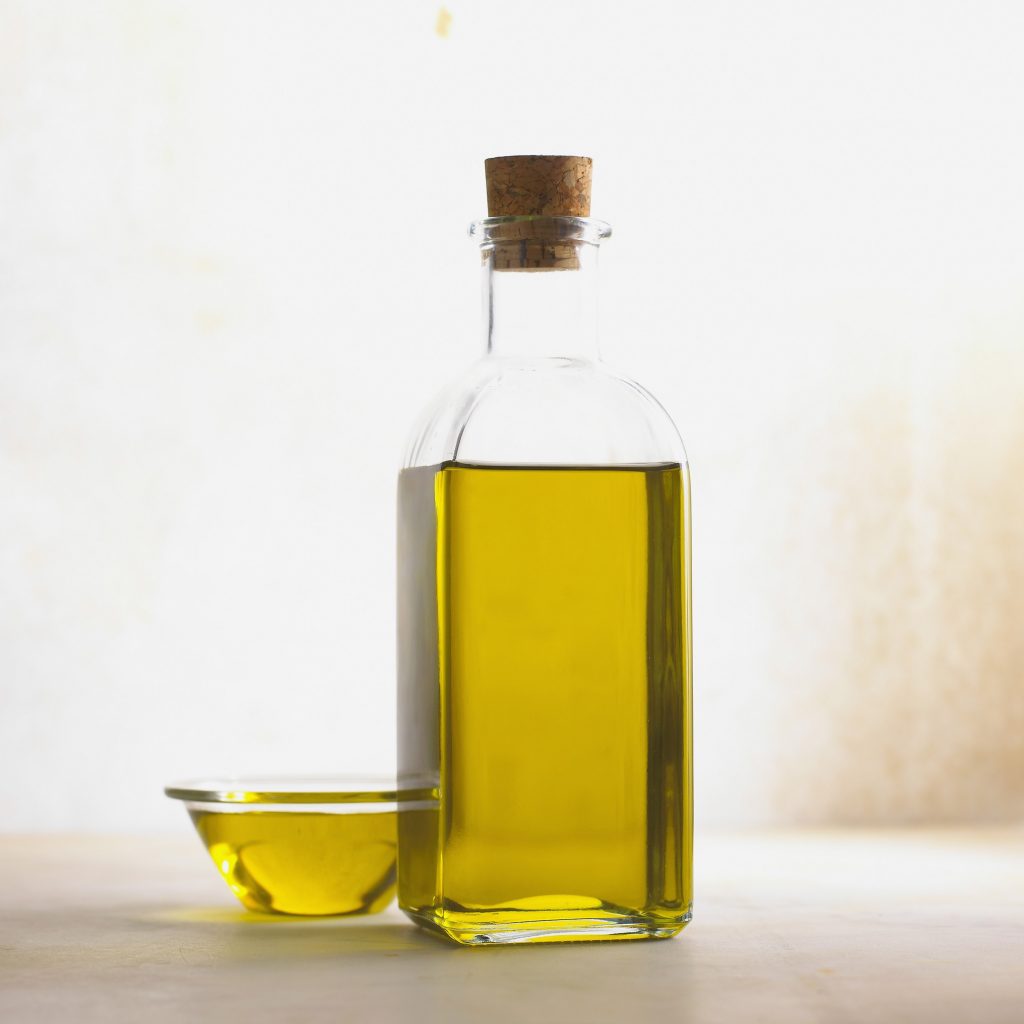
Which Oils Can You Use?
Always make sure that you choose an organic oil that has not been exposed to heat and is not processed. Traditionally sesame seed oil and sunflower oil have been used, however olive oil, ghee or coconut oil are all an option(Usman, M & Davidson, J, 2014).
Sesame seed oil: Aids in the reduction of Streptococcus bacteria. The sesame seed oil also aids in reducing inflammation and aiding indigestion.
Olive oil: Olive oil unless you are 100% that it is not Lampante (fake olive oil – about 80% of the North American Market) choose another oil. Olive oil is great though for that extra anti-inflammatory kick. It is very high in oleocanthal – and inflammation-reducing compound. This makes it very beneficial for the gums.
Sunflower seed oil: Inflammation reducing, immune system boosting. It also aids in reducing bacterial infections (L Darmstadt, et. al., 2004).
Coconut oil: Coconut oil is now one of the simplest oils to use. With coconut chews made ahead of time oil pulling is easy, and can be effectively practiced as a whole family. Coconut oil as many of the other oils has antibacterial, antifungal and anti-inflammatory benefits.
Ghee: Clarified Butter is also sometimes used in the practice of oil pulling. Though it may not work for everyone (being made from dairy), ghee is also immune boosting and bacterial fighting, it promotes good gut health, and strengthens both the liver and kidneys resulting in better detoxification processed.
Oral Health – Cavities, Root Canals & Bad Breath
Stress and a bad diet as the two biggest factors affecting your oral health. These are factors that we can control, therefore we must take the time to change them and address them for we are only hurting ourselves in the process.
Brushing your teeth is a very important part of maintaining good oral health, however, a toothbrush can only get to so many places in your mouth, most of the time it only reaches about 60% (Fife, B., 2008).
Bacteria release many different toxic compounds (such as endotoxins and exotoxins as well as free radicals, and enzymes that destroy collagen) into the body that slowly run down and deplete the integrity of your immune system. It is often the case that when one practices oil pulling they begin to see many positive changes to the health of their facial skin. Acne disappears, a wort might slowly shrivel away, eczema disappears. Removal of toxic bacteria from the mouth also gets rid of the toxic waste that they produce (Murray, M.T., and Pizzorno, J., 2012).
What can you find in Your Mouth?
The mouth is home to billions of bacteria (some of which are good), fungi, protozoa, and viruses. The most abundant dweller in the mouth is bacteria – approximately 600 different species (Fife, B., 2008).
Streptococcus mutans – bacteria that cause tooth decay and one of the most troublesome bacterias of the mouth.
Halitosis – It causes gingivitis, periodontitis, bad breath and gives the tongue and unpleasant coating. It originates in the oral cavity. Also associated with individuals with systemic diseases such as diabetes, hepatic and hormonal issues (Hebbar, A., et al., 2010).
Unhealthy Teeth
When we get cavities, those tiny little black holes, painful and sticky are little spaces that have been eaten away by bacteria. The bigger the hole the more damage to the mouth and the equilibrium of the body. If you have just brushed and cleaned your teeth and you feel your teeth stick or come away from some sticky adhesive surface it can be a sign that your tooth or teeth are in distress (Coleman, M., 2015).
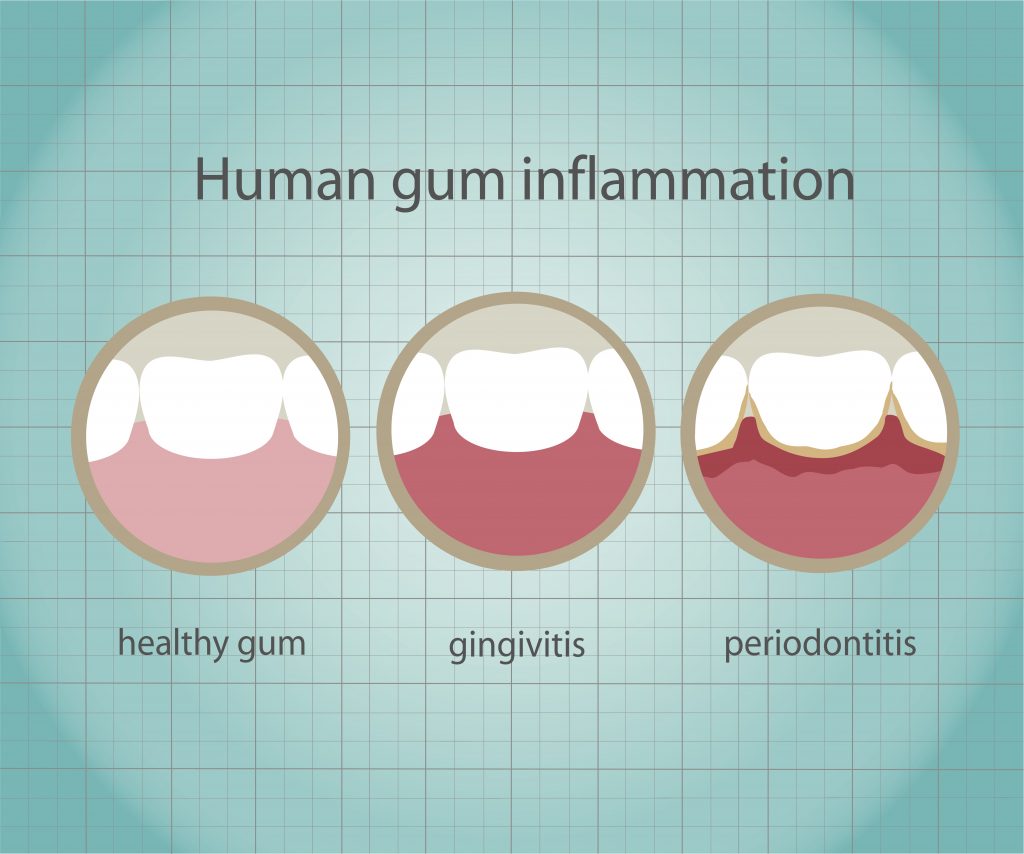
Gingivitis is another plaguing issue of the mouth – it is after all gum disease. Bacteria cause the buildup of plaque that forms around the gum line. This plaque causes inflammation, which can be seen and felt through puffy, sore, red and bleeding gums. This inflammation and plaque build-up slowly over time stretching the gum away from the tooth. This creates an entryway for bacteria, parasites, and viruses to infect the root of the tooth and makes their entry into the body easier (Coleman, M., 2015). Oil Pulling is just as effective as chlorhexidine on gingivitis and plaque elimination and prevention (Amith, H., 2007).
Bacteria in your Bloodstream – would you ever consider that that cut in your mouth or your bleeding gums would be an open door for bacteria to take to enter the innards of your body. If your digestive system (from your mouth to your anus) is properly sealed off if something bad came in it would be dealt with and eliminated and would never find its way into the circulatory system or any other system. However, with inflamed gums and holes in the stomach and gut things that never should have crossed over into the body do (Fife, B., 2008).
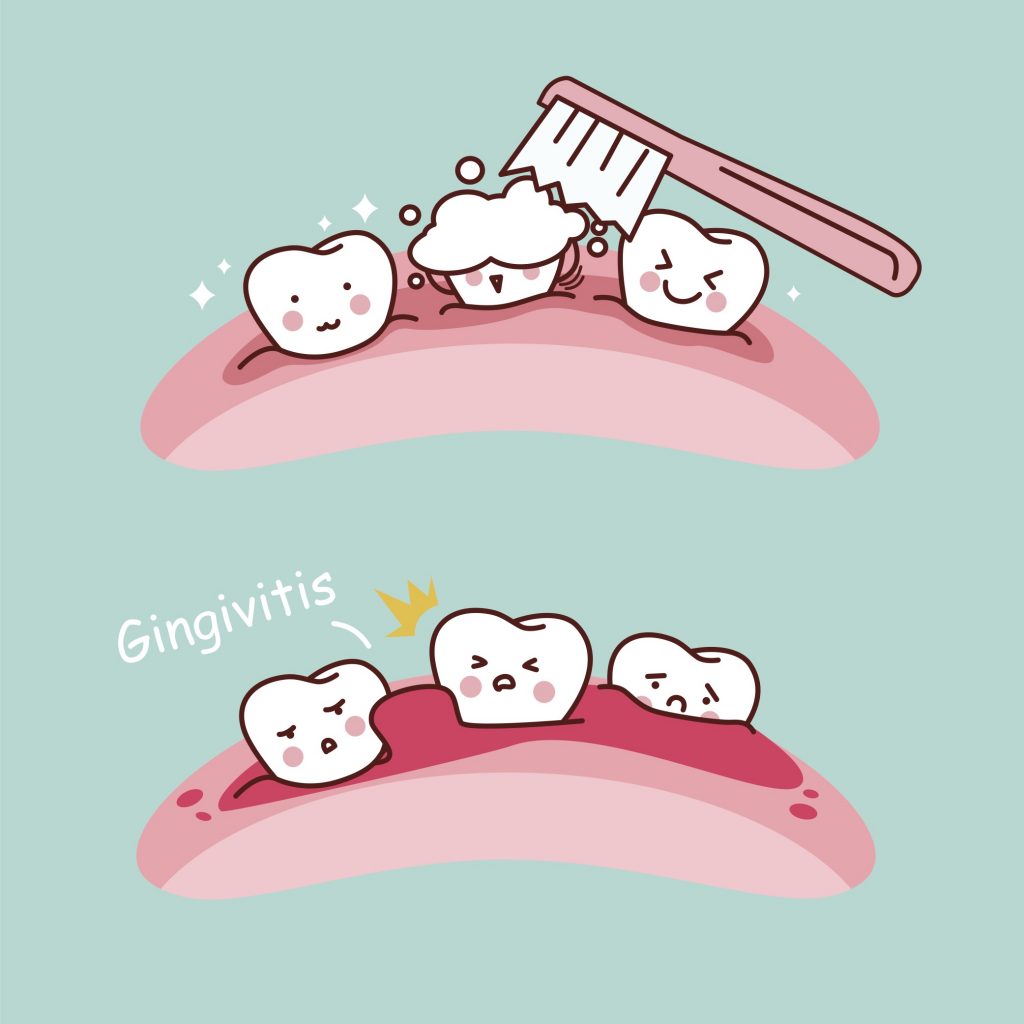
It has been shown that root canals can be correlated with heart disease. Abscesses in the mouth can lead to such a procedure. An abscess is a pus-filled pocket in which dead bacteria swim about located at the base of the tooth resulting in an infection. This leaves the tooth feeling very sensitive to hot and cold foods, drinks and temperatures as well as pressure – if left to fester it can lead to the swelling of the face, jaw, neck and lymph nodes. How do bacteria get down there? Well, a build-up of plaque helps out with that, as it provides bacteria and parasites with a passageway to the root of the tooth (Coleman, M., 2015).
Bad Breath, you don’t get it from something you ate a while ago, it’s a result of bad bacteria particularly halitosis (Hebbar, A., et al., 2010). Have you ever smelt your breath as soon as you wake up. it should smell a little off – while you sleep and no saliva is made bacteria can fester, however, with brushing before bed and oil pulling in the morning bacterial colonies in your mouth can be reduced and bad breath eliminated. Oil Pulling is just as beneficial as chlorhexidine on halitosis elimination (ibid).
Saliva – Why is it Important?
Saliva is an essential part of digestion and it is imperative for the health of the mouth, gums, and teeth. It is therefore imperative that you always stay hydrated – when your mouth feels dry it means there is a lack of saliva – this also means that bacteria are running rampant. This about this – how much water do you consume – now think about the state of your teeth. Not just now but your dental history.
Saliva is made up of a combination of antibodies, enzymes, buffers, and nutrients; it aids in fighting diseases and keeping teeth clean. The antibodies and antimicrobial property of saliva keep some bacteria growth under wraps. If you don’t have enough saliva gingivitis increases as do many other diseases of the mouth.
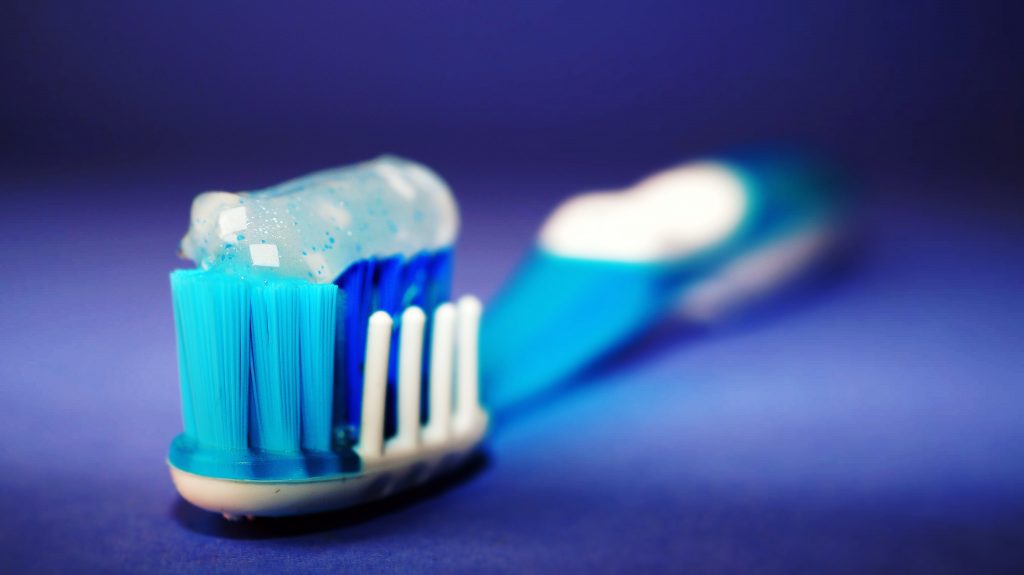
Do Not Floss Your Teeth
Unless you have food stuck in between your teeth, don’t floss. flossing moves bacteria and parasites further into your gums. It cuts open wounds allowing bacteria and parasites an entrance into your bloodstream.
If you do plan on flossing use essential oils such as Frankincense or thieves oil to coat the floss before you use it.
If you love flossing, turn to a water pick! Water picks can work wonders for your gums, they get rid of food between your teeth, as you can add essential oils to the water for an added benefit.
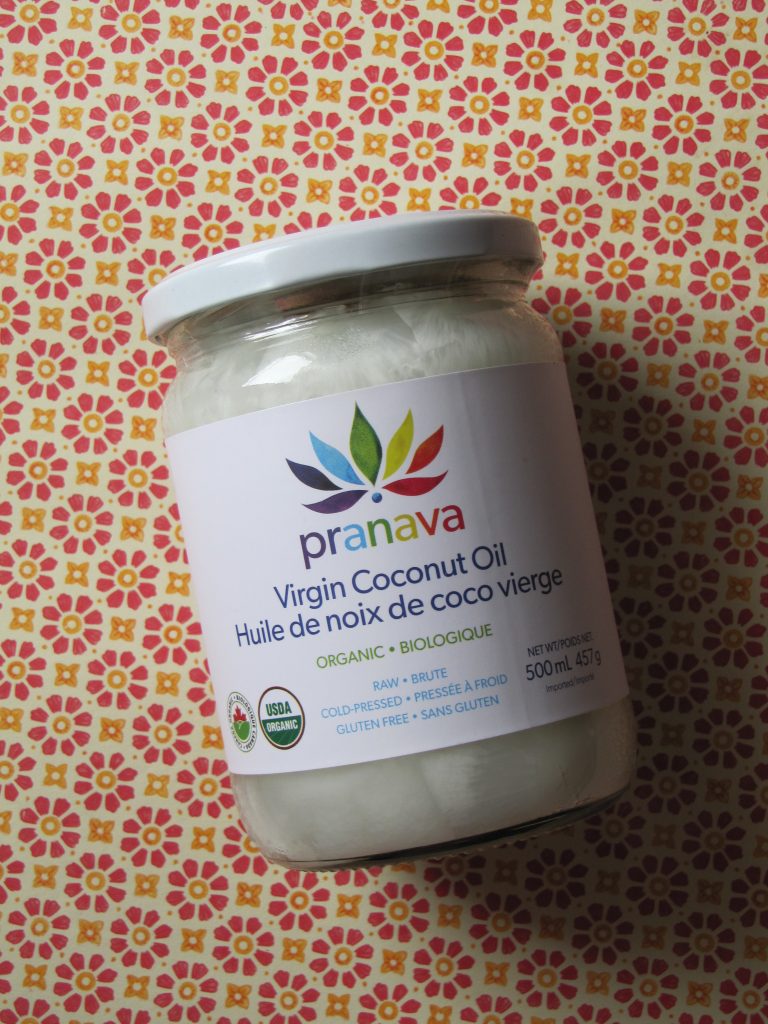
The benefits of Oil Pulling
Oil Pulling has many positive effects on one’s well being. Oral microorganisms, when exposed to the inner environment of the body, have the potential to cause and or contribute to numerous health problems. Teeth often remain infected even after a root canal is done and research has shown that this can lead to and influence various diseases such as; kidney and heart issues, eyesight problems, ulcers or the stomach, ovarian disease, etc (Fife, B., 2008). This is known as focal infection theory (which though not widely practiced is now a Fact of Western Medicine), which entails that there is a connection between dental health and systemic disease.
Benefits you will see in your mouth
- whiter teeth
- removal of bacteria
- reduction in inflammation especially around the gums
- elimination of bad breath
- whiter or pale pink gums = strong gums
- no more gum bleeding
- aids in healing infected areas
- aids in the prevention and elimination of gingivitis
- aids in the prevention and elimination of plaque
- aids in the prevention of cavities (in some cases has reversed a cavity)
- aids in the prevention of periodontal disease
Benefits for the whole body
- aids in detoxification
- eases the strain on the liver and kidneys
- weight loss
- suppressing candida growth
- elimination of acne
- aids in the prevention of asthma
- boosts up energy
- aids in the prevention of eczema
- aids in healing IBS
- beneficial at moving lymph – particularly good for the thyroid.
- beneficial against dandruff
- beneficial against the appearance of some worts.
(Usman, M & Davidson, J, 2014) (Larsen, S.Y., 2017) (Amith, H., et al., 2007)
It is important to start thinking about the body from the inside, and that inside should begin at the mouth. There is so much that goes into your body and through the mouth is where most of it enters (the rest is the nose – with breathing). if you exercise your muscles, take probiotics for gut health – you should start to think more about keeping your oral cavity clean and healthy.
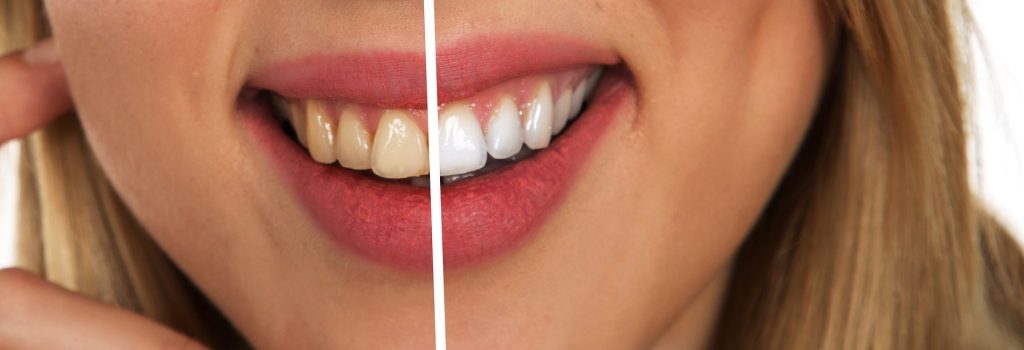
References
Amith, H., Ankola, A, Nagesh, L. (2007). Effect of Oil Pulling on Plaque and Gingivitis. Journal of Oral Health Comm Dentistry. Volume 1, Issue 1, pages 12-18.
Coleman, M. (2015). Oil-Pulling Revolution. California: Ulysses Press.
Fife, B. (2008). Oil Pulling Therapy. Colorado: Piccadilly Books Ltd.
Frohn, B. (2015). The Oil Pulling Method. Detoxify Simply and Effectively. New York: Simon and Schuster.
Hebbar, A., Keluskar, V., & Shetti, A. (2010). Unraveling the Path to Mystic cure. Journal of International Oral Health. Volume 12, Issue 4, page 10-13.
L Darmstadt, Gary & Badrawi, Nadia & Law, Paul & Ahmed, Saifuddin & Bashir, Moataza & Iskander, Iman & Al Said, Dalia & El Kholy, Amani & Hassan Husein, Mohamed & Alam, Asif & J Winch, Peter & Gipson, Reginald & Santosham, Muhammad. (2004). Topically Applied Sunflower Seed Oil Prevents Invasive Bacterial Infections in Preterm Infants in Egypt. The Pediatric infectious disease journal. 23. 719-25.
Larsen, S.Y. (2017). Oil Pulling: Cleansing Therapy to Reverse Gum Disease and Heal the Body. Createspace Independent Publishing Platform.
Murray, M.T., & Pizzorno, J. (2012). The Encyclopedia of Natural Medicine. New York: Atria Paperback.
Singleton, T. (2014). Oil Pulling Unleashed. Gamma Mouse eBook.
Singh, A., & Purohi, B. (2011). Tooth brushing, oil pulling, and tissue regeneration: A review of Holistic approaches to oral health. Journal of Ayurvedic Integral Medicine. Volume 2, Issue 2, page 64-8.
Usman, M., & Davidson, J. (2014). Oil Pulling – The Magic of Ancient Era. United States: JD BIz Publishing.
Amanda Filipowicz is a certified nutritional practitioner (CNP) with a bachelor in environmental studies (BES) from York University. She also has certification in clinical detoxification, prenatal and postnatal care as well as nutrition for mental health. She has been working as a nutritionist since 2013 and is a lifelong proponent of eating healthy.

